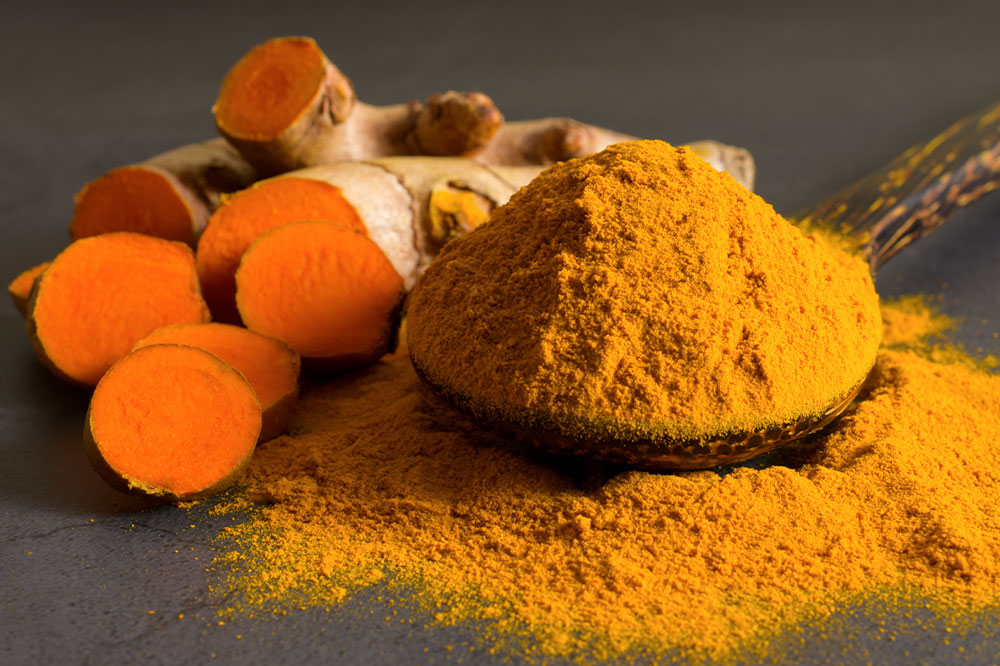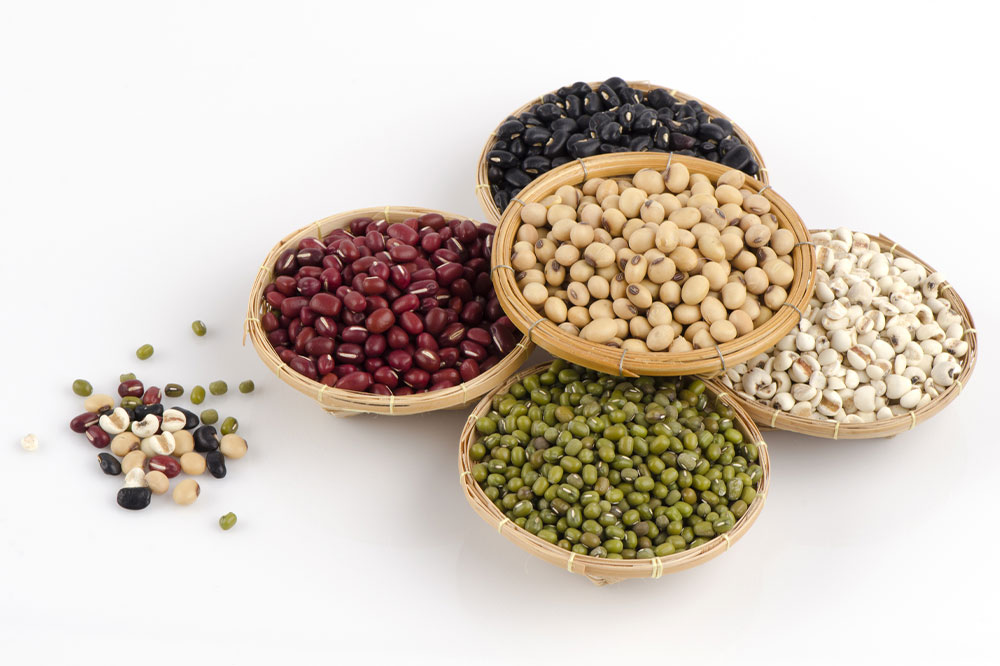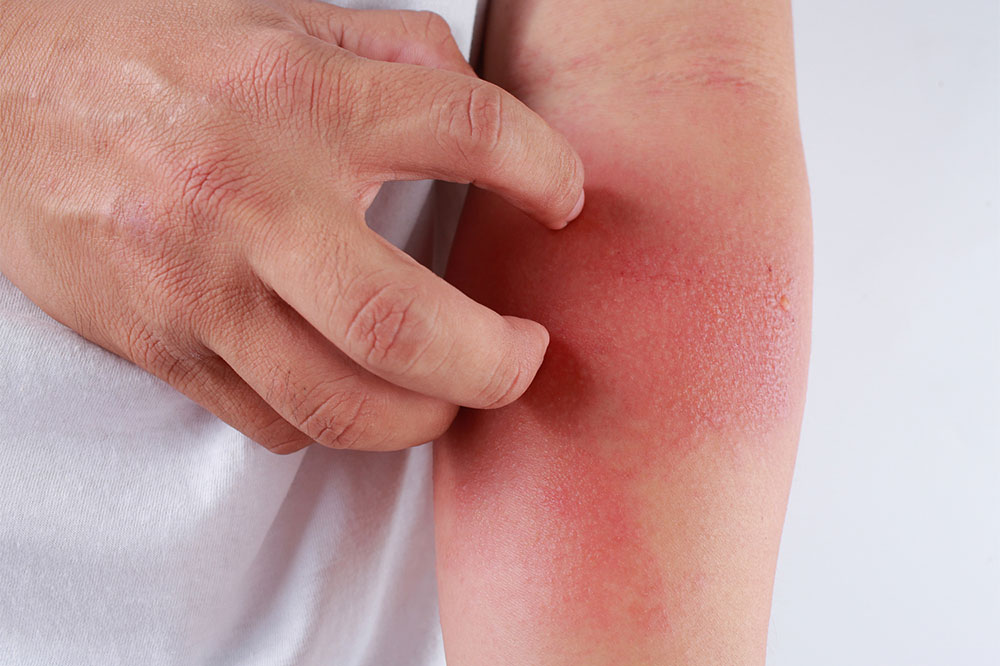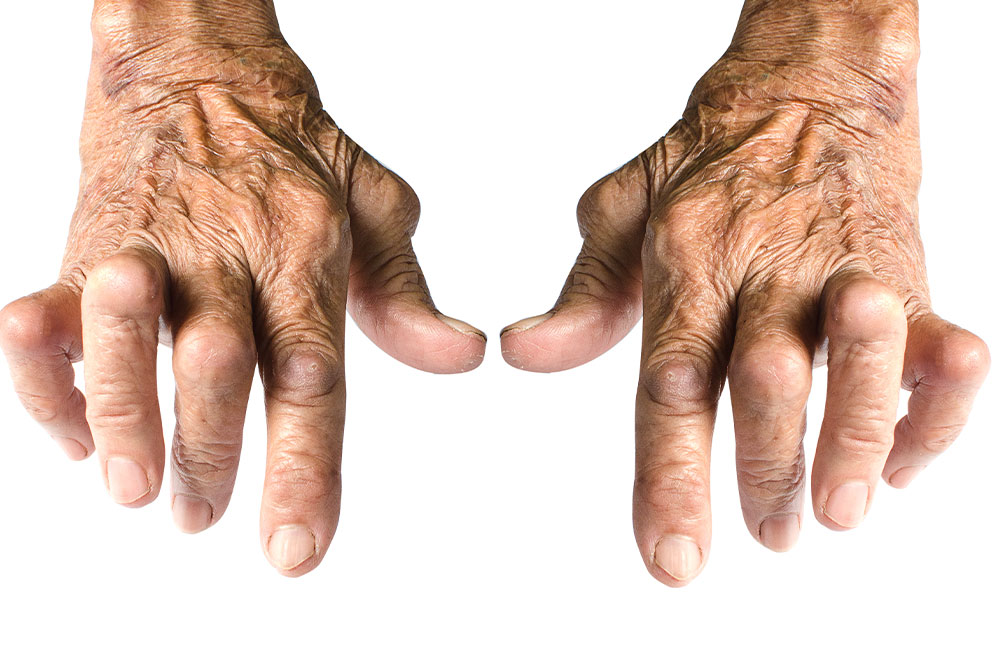7 home remedies for sarcoma

Sarcomas are a rare variety of cancers. This type of cancer develops in the body’s connective tissues. The tumor is typically found in the arms and legs’ bones, muscles, tendons, fat, and blood vessels. This condition can be treated by removing the tumor from the body. Natural remedies, on the other hand, can aid in the relief of pain and other discomforts caused by a variety of symptoms. Here are some sarcoma symptoms and natural remedies:
Symptoms of sarcoma
Sarcomas can be classified as either bone or soft tissue sarcomas. Most soft tissue sarcomas begin in the arm or leg. It may appear as an initially painless lump. Sarcomas in the abdomen can induce blockage or bleeding in the stomach. This can also put pressure on adjacent nerves, blood vessels, and organs. The tumor may enlarge to the point that it can cause pain in the abdomen. In rare instances, it may begin to grow in the chest, head, or neck. Other symptoms of this illness include:
A painless bump that can be felt through the skin
Bone pain
Unknown factors leading to a broken bone or a mild injury
Abdominal pain
Alteration of body mass
N atural remedies to reduce pain due to sarcoma
Surgery and removing the tumor from the body can completely cure sarcoma. However, a few natural remedies can help reduce the pain or discomfort caused by different symptoms and help people live healthier lives. Here goes our list of several natural remedies for sarcoma:
Drinking water
Water is a one-stop solution for most issues. The body requires water to digest food, absorb nutrients, and eliminate waste properly. Dehydration can cause nausea, vomiting, diarrhea, or intestine strain. Too much stomach acid can also cause stomach burns. Sarcoma causes a significant change in body mass, making regular hydration crucial to maintaining bodily functions and calming the stomach.
Ginger
Since ancient times, ginger has been used for colds, coughs, vomiting, nausea, discomfort, and soreness. Ginger contains the chemicals shogaols and gingerols. These chemicals help prevent stomach contractions and reduce abdominal discomfort. Ginger roots can be eaten by peeling and chewing them and can also be consumed as ginger honey warm tea or ginger-induced warm water.
Cinnamon
Cinnamon sticks are high in antioxidants such as camphor, cinnamaldehyde, linalool, and eugenol. It treats stomach symptoms like bloating, nausea, and abdominal fullness while helping the stomach easily digest food. To relieve the discomfort, one tiny stick of cinnamon or one teaspoon of cinnamon powder can be added to the meal.
Natural oils and herbs
Flaxseed oil and other natural oils make excellent ointment bases. This ointment will soothe the lumps that have developed on the skin. The antibacterial properties of natural oil help prevent skin infections. Omega-3 and omega-6 fatty acids are present in flaxseed oil and help reduce skin inflammation.
Making changes in meal plan
Making changes in meal plan can help treat lumps and inflammation in the arms and legs. To reduce lump-related pain, increase the intake of fresh fruits and vegetables. Consume fish and nuts, which are high in high-quality protein and omega-3 fatty acids. Consume less red meat and more high-protein foods like beans, tofu, and lean chicken. Inflammation can be decreased by consuming fewer chemicals and switching to more natural food products.
Stress management techniques
Reducing stress can aid in controlling the symptoms and discomfort of sarcoma or any other distressing illness. Use relaxation techniques like yoga, meditation, and guided imagery. Fix a certain time throughout the day to reflect or meditate. Setting aside at least 20 minutes per day to practice stress reduction techniques can be beneficial.
Exercise regularly
Exercise can improve mood, reduce fatigue, and prevent strength loss during and after cancer treatment. Making a fitness plan, aerobic exercise, and other physical activities can all help keep a positive outlook and stay fit and healthy during the treatment.




